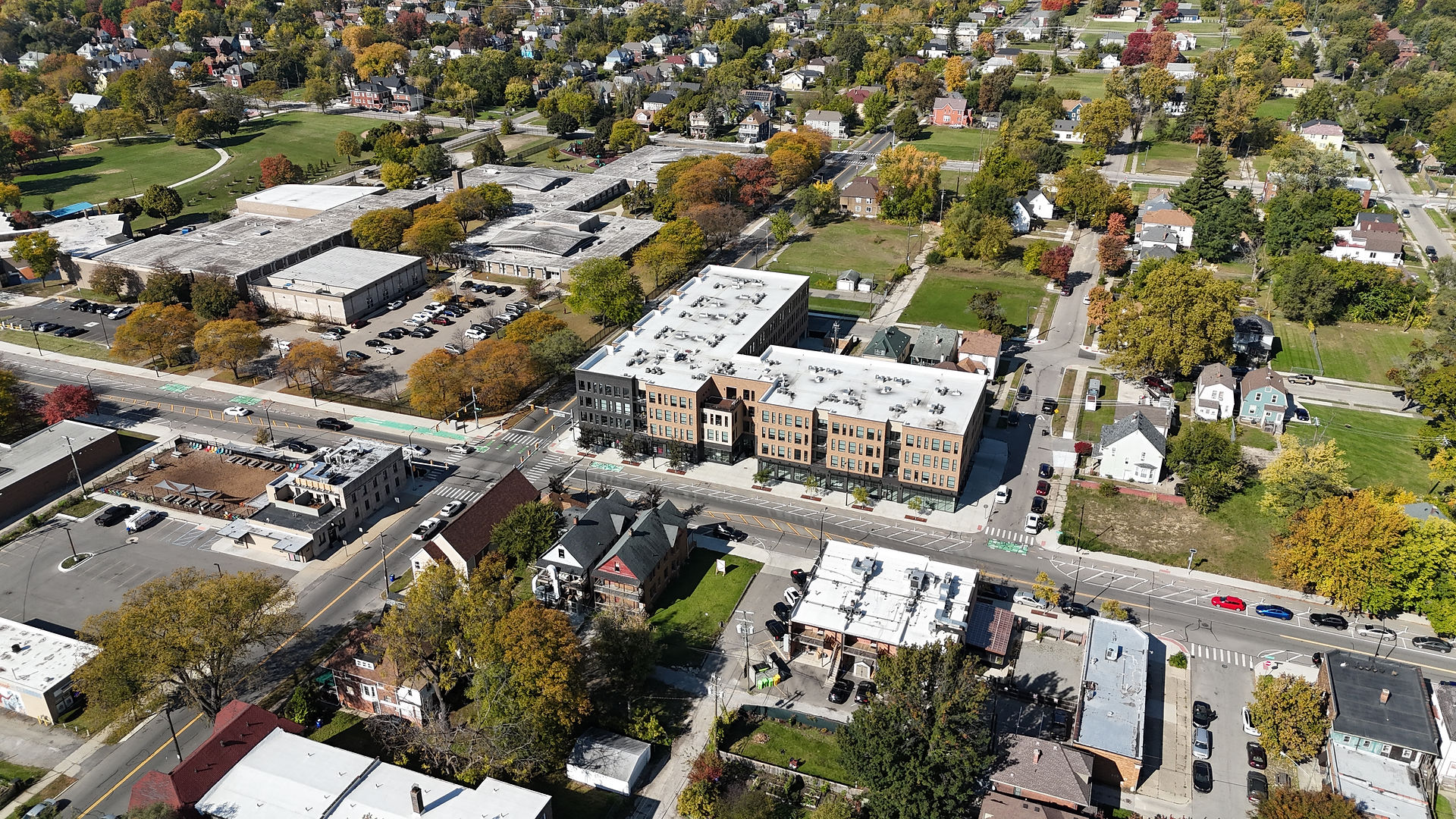
WEST VILLAGE
West Village is a historic neighborhood in Detroit, Michigan with a rich history that reflects the city's broader social and economic changes over the years. Located just east of the Detroit River and to the south of Indian Village.
Wesr Village today is a neighborohood undergoiong a revitalization, blending historic charm with modern development. Known for its well-preserved early 20th century homes, tree-lined streets, and a growing Aerts and cultural scene, West Villager has beecome a hotspot for booth new residents and businesses, Independent cafes, restaurants and boutiques are thriving, attracting a younger, creative crowd. With its proximity to downtown and a mix of new investments and community-driven initiatives, WV is emergening as one of Detroits most vib rant and desirable neighborhoods.

EARLY DEVELOPMENT & RISE TO PROMINENCE
West Village began developingn in the late 19th and early 20th centuries as part of the city's expansion. During this time, Detroit was rapidly industrializing, and many of the city's upper-middle class families began moving into residentuial neighborhoods on the outskirts of the downtown area.
West Village, like nearby Indian Village, became a desirable neighborhood for affluent professionals, business owners, and factory managers seeking more space and a quieter environment while still being close to the city's core.
The neighborhood's layout was influenced by the "Garden City" movement, which emphasized green spaces, wide boulevards, and aesthetic design. Architecturally, West Village became known for its charming brick homes, many built in Colonial Revival, Craftsman, and Tudor Revival styles. The homes in the area, often characterized by their intricate details, front porches, and large windows, added to the neighborhood's appeal as a residential



DECLINE IN THE
MID-20th CENTURY
Like many urban neighborhoods in Detroit, West Village experienced a decline in the mid-20th century, particularly after WWII. The postwar era saw a wave of suburbanization, as many of the city's middle and upper-class families moved to newly built suburban developments in search of larger homes and more space. With this exodus, West Village, once home to affluent residents, began to lose its economic vitality.
The area also faced disinvestment and neglect in the 1960s and 1970s, coinciding with Detroit's overall economic struggles and the flight of businesses and industry from the city. The decline of the auto industry and the city's shrinking tax base contributed to rising unemployment, poverty, and a deterioting urban environment. As a result, many of West Villages grand homes fell into disrepair, a nd the neighborhood began to exerpience increased crime and vacancies.
REVITALIZATION
The neighborhood began to experience a resurgence in the 1990s and early 2000s, fueled by both grassroots efforts and broader trends of urban revitalization in Detroit. As the city's econoony slowly began to recover, young professionals, artists, and others seeking affordable housing near downtown started moving into West Village. The neighborhood's hisotric homes, many of which were affordable compared to other parts of the city, attracted those interested in preservation and revitalization.
Local organizations, like the West Village Association, worked to improve the community through beautification projects, advocacy for home repairs, and the creation of events that fostered neighborhood engagement. These efforts, along with new investments from private developers, began to breathe new life into the area. Along with these developments came an influx of new businesses, including trendy cafes, boutiques, and restaurants, which further attracted people to the area.
By the 2010s, West Village had become one of Detroit's most dynamic neighborhoods, experiencing gentrification as rising property values and new investment led to the restoration of historic homes. While this brought new energy and economic development to the area, it also raised concerns about the displacement of long-term residents due to risingg rents and housing costs.



TODAY'S WEST
VILLAGE
Today, West Village is a vibrant neighborhood known for its historic charm, unique architecture, and a mix of old and new. It is home to a diverse community, with young professionals, artists, families, and long-time residents coexisting in a revitalized setting.
The neighborhood is known for its active community organizations, well-maintained homes, and an increasing number of local businesses that Carter to residents and visitors alike.
West Village also benefits from its proximity to the Detroit River, making it a desireable location for those looking to live close to both nature and the heart of the city.

SOLD

SOLD
